María Berrío, Caroline Walker, Flora Yukhnovich
Victoria Miro in association with The Great Women Artists presents a summer exhibition featuring three young artists who rethink traditional genres to touch upon themes of migration, the workplace, and the gendered language of painting. Founded by Katy Hessel in 2015 @thegreatwomenartists is an influential Instagram account that celebrates female artists, ranging from recent graduates to Old Masters, on a daily basis.
A series of talks and events will take place during the exhibition. These informal tours are free to attend and will last around 30 minutes. No booking necessary.
Exhibition walkthrough: María Berrío, Caroline Walker and Flora Yukhnovich, with Katy Hessel
Exhibition walkthrough: Laura Smith, Curator, Whitechapel Gallery, with Caroline Walker
Exhibition walkthrough: Eleanor Nairne, Curator, Barbican Centre, with Flora Yukhnovich
-

On view at The Frick Collection – Flora Yukhnovich’s Four Seasons
September 3 2025Using the Frick’s Four Seasons by François Boucher as a point of departure, Yukhnovich’s site-specific mural (on view 3 September 2025–9 March 2026) covers the...Read More -
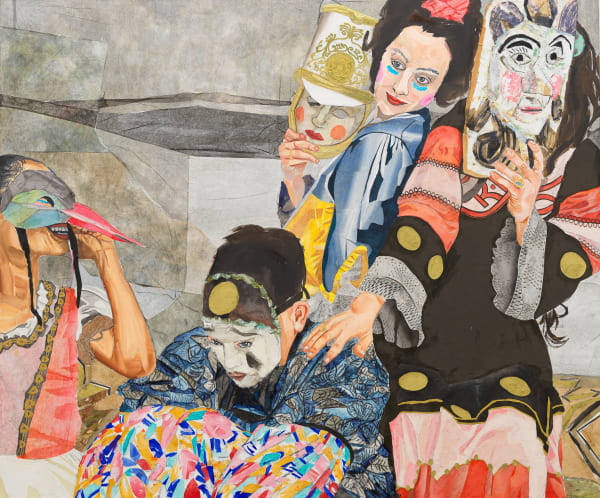
María Berrío: The End of Ritual reviewed in Frieze
December 10 2024‘These works are metaphors for survival, piecing together fragments to make sense of a broken world.’ – Sofia HallströmRead More
-
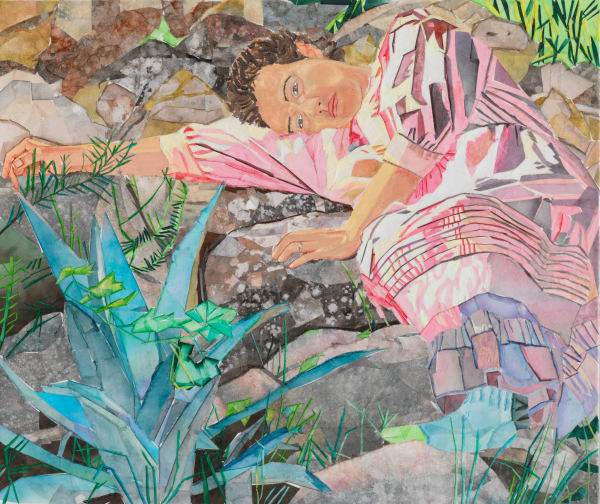
María Berrío features in Forbidden Territories: 100 Years of Surreal Landscapes at The Hepworth Wakefield
November 19 2024On view 23 November 2024–21 April 2025, the exhibition takes the viewer on a journey through the fantastical terrains of Surrealism over 100 years, looking...Read More -

Spotlight: María Berrío at The FLAG Art Foundation
March 18 2024The Spotlight series includes a new or never-before-exhibited artwork paired with a commissioned piece of writing, creating focused and thoughtful conversations between the visual arts...Read More
-
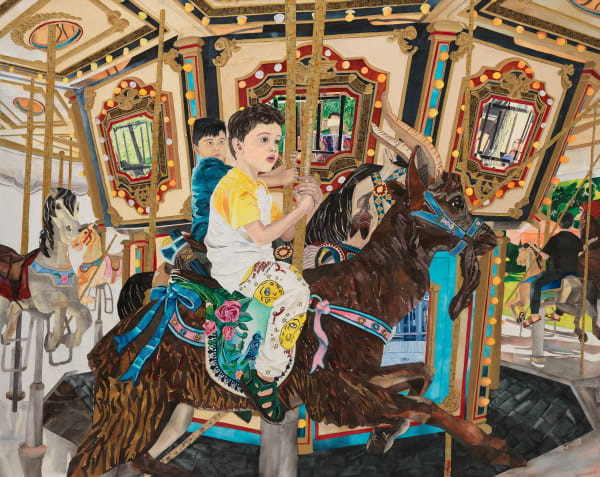
Now available to view on Vortic – María Berrío: The Children’s Crusade
August 9 2023 Read More -
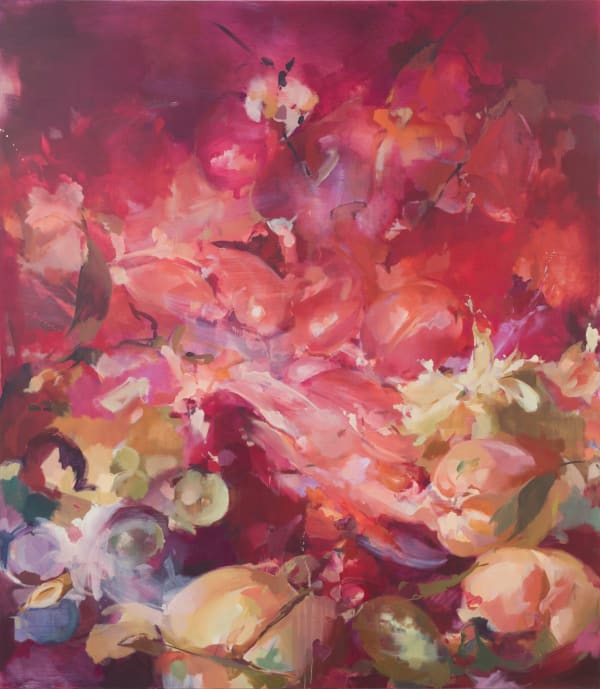
Apollo – In the studio with… Flora Yukhnovich
July 11 2023Flora Yukhnovich has rapidly risen to renown for her lush, layered paintings that reimagine the rococo through the lens of abstraction. ‘It’s capturing what the...Read More
-
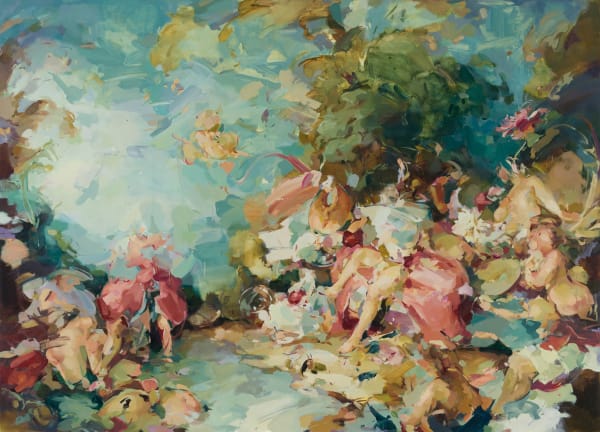
Flora Yukhnovich features in New British Abstraction at CICA Vancouver
March 16 2023CICA Vancouver is proud to announce our upcoming group exhibition, New British Abstraction , running from March 16 to April 16, 2023. New British Abstraction...Read More -
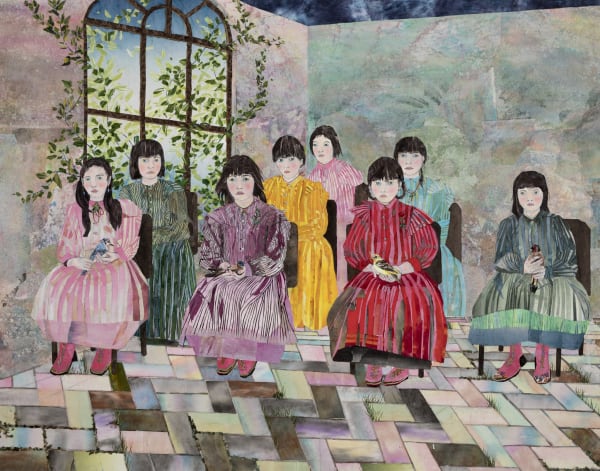
María Berrío: The Children’s Crusade is reviewed by The Boston Globe
February 26 2023At the ICA, childhood lost in transition ‘The ambiguity is the point: Berrío’s works are powerfully alluring, both in craft and sentiment: They ache with...Read More
-
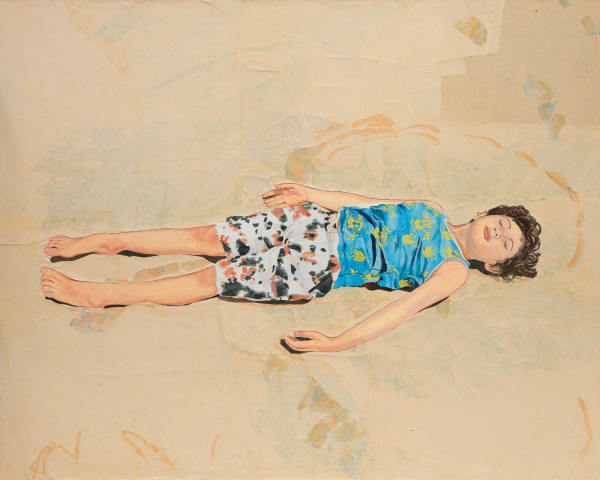
María Berrío: The Children’s Crusade at ICA Boston
February 16 2023New York–based artist María Berrío (born 1982 in Bogotá, Colombia) crafts her large-scale paintings through a unique, meticulous process of collaging torn pieces of Japanese...Read More -
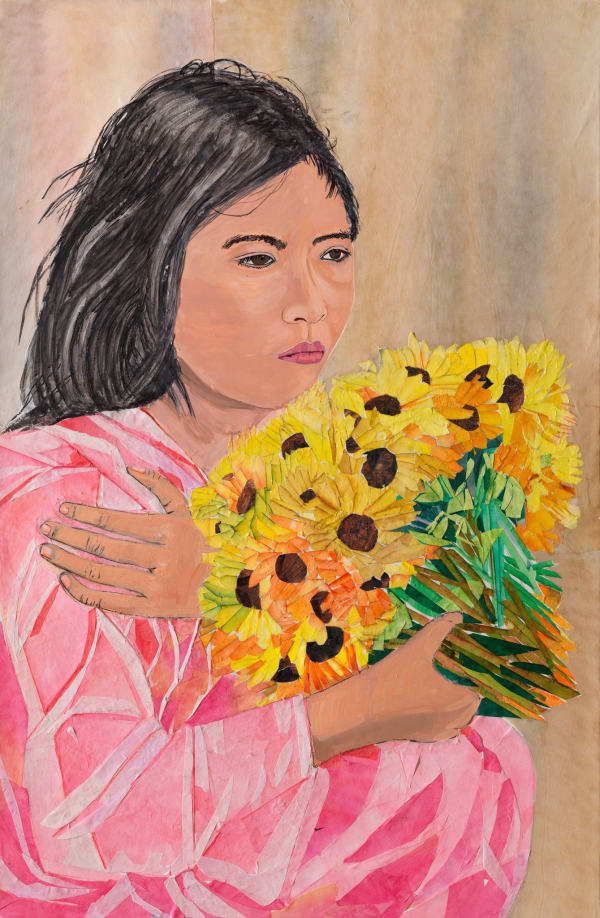
María Berrío at Frieze New York: a new work in support of UNICEF
May 12 2022María Berrío: The Cuttings Frieze New York, The Shed, Booth A5 18–22 May 2022 Victoria Miro presents a significant new painting by María Berrío at...Read More
-

María Berrío: Children’s Crusade at Frieze Los Angeles
February 10 2022VIP preview: 17 February 2022, 10am–7pm Public days: 18–20 February 2022 Children’s Crusade is a solo presentation of new works by María Berrío. Created especially...Read More -

María Berrío is announced as a 2021 Joan Mitchell Fellow
October 13 2021The artist is an inaugural recipient of the new Joan Mitchell Fellowship, awarded by the Joan Mitchell Foundation. Speaking about her work, the artist says,...Read More
-
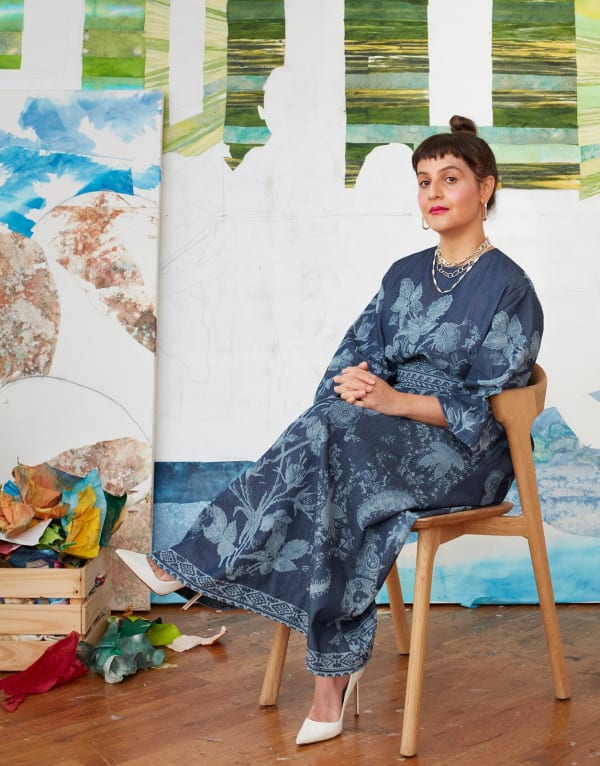
María Berrío features in W Magazine’s major feature on contemporary figurative art, with text by Siddhartha Mitter
March 5 2021Growing up in Colombia in the ’80s and ’90s, during the years of insurgency and drug wars, María Berrío turned to myths and legends to...Read More -

María Berrío: Esperando mientras la noche florece (Waiting for the Night to Bloom) at the Norton Museum of Art
January 2 2021The first survey (2 January–9 May 2021) of María Berrío’s art includes two new pieces. Berrío’s large-scale, brilliantly coloured collages are meticulously crafted from unique...Read More
-

Victoria Miro announces representation of María Berrío
November 25 2019Victoria Miro is pleased to announce representation of María Berrío . Work by the Brooklyn-based artist will feature as part of the gallery’s presentation at...Read More -

Waldemar Januszczak includes Victoria Miro’s summer group show in his Sunday Times Culture review
June 16 2019 Read More



